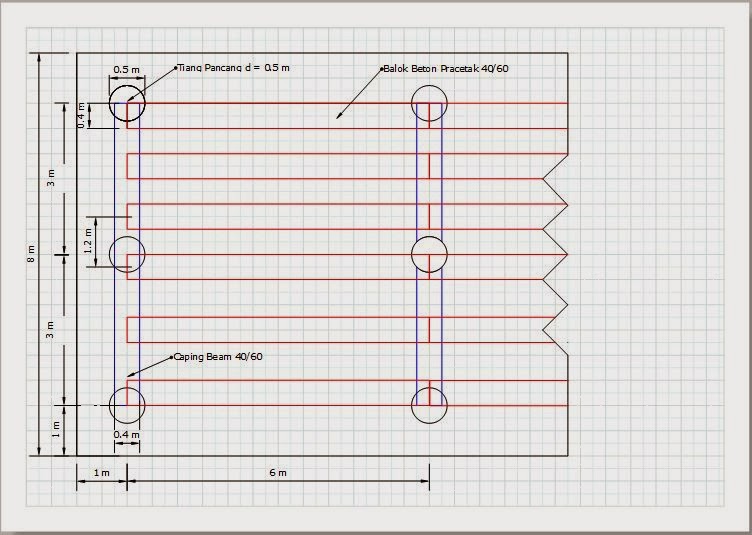PIPE IN PIPE
PIPE IN PIPE
Previously, I’ve write about pipeline protection. One of the protecyion method is coating. Pipe in pipe is another insulation method which an inner pipe is covered by a larger outer pipe. The annuals between inner pipe an the outer are filled with insulation materials such as micro-porous silica (aerogel), polyurethane foam (PUF), wacker, mineral wool, etc.
Figure 1. Pipe in pipe section
PIP system requires bulkheads, water stops, and centralizers, depending on fabrication methods. The end of bulkhead is designed to connect the inner pipe to the outer pipe at each pipeline termination. Intermediate bulkheads may require for reeled PIP to allow top tension to be transferred between the outer pipe and the inner pipe, at intervals of approximately 1 km. During instalation, the tesioner holds the outer pipe only, so the inner pipe tends to fall down by its dead weight and may result in buckling at sag bend area near seabed, if no intermediate bulkheads exist.
Figure 2. End Bulkhead
Water stops are installed to limit the pipeline length damaged in the event that the annulus is flooded by pipeline failure or puncture. Water stops are not design code requirement but they are recommended for deepwater project whaere recovery of the flooded pipeline is challenging. EPDM or ethylene propylene diene monomer rubber, viton, and sillicone rubber have been used for the water stop material. The axial compression for the water stop is provided by using an interlocking clamp arrangement whic will provide the radial expansion of the ring against the pipe walls.
Figure 3. Water Stop Seal
Centralizers or spacers are polymeric rings clamped on the inner pipe for reeled PIP to protect insulation’s abrasioan damage during insertion of the ineer pipe into the outer pipe, to protect insulation’s crushing due to bending load while reeling, and to protect insulation’s crushing due to thermal buckling during operation.
Centralizer works as a heat sink due to its high thermal conductivity. Therefore, reducing the number of centralizers by increasing the centralizer spacing, or centralizer-less design can reduce both the material and fabrication/installation costs. You can see the figure below to know the shape of centralizer.
Figure 4. Centralizer
For the reeled PIP, the annulus gap needs to be sufficient to put insulation material, centralizer, and clearance gap to account for the weld beads, welding misalignment, pipe manufacturing tolerances, etc. The annulus gap should be in the range of 30 to 40 mm and the net gap (between insulation and outer pipe) should be 15 mm or higher. You can see the figure below to know the what I’ve describe above.
Figure 5. Reeled PIP with centralizer
That’s a little explanation about Pipe in Pipe insulation to protect the underwater pipeline. I hope it can be useful for us.
Reference:
Jaeyoung, Lee. Introduction to Offshore Pipelines and Risers. 2007.







Komentar
Posting Komentar